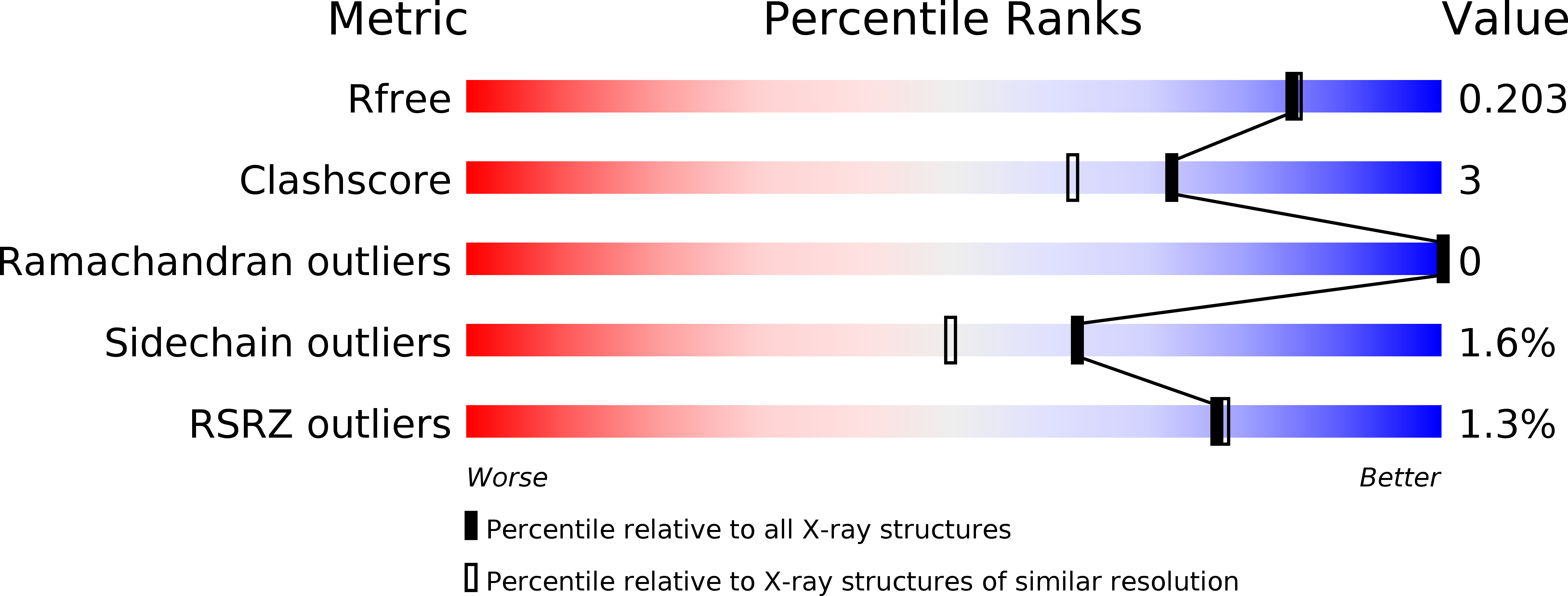
Deposition Date
2004-01-15
Release Date
2004-05-18
Last Version Date
2023-12-27
Entry Detail
PDB ID:
1V8X
Keywords:
Title:
Crystal Structure of the Dioxygen-bound Heme Oxygenase from Corynebacterium diphtheriae
Biological Source:
Source Organism:
Corynebacterium diphtheriae (Taxon ID: 1717)
Host Organism:
Method Details:
Experimental Method:
Resolution:
1.85 Å
R-Value Free:
0.19
R-Value Work:
0.15
R-Value Observed:
0.15
Space Group:
P 1 21 1


